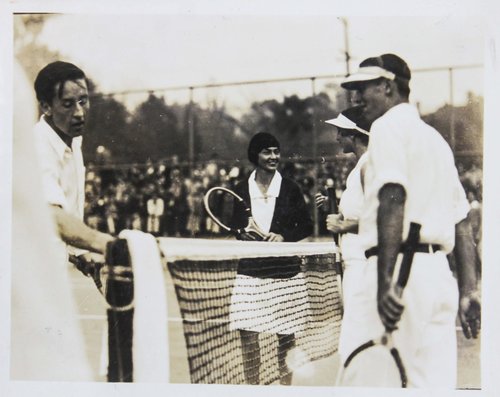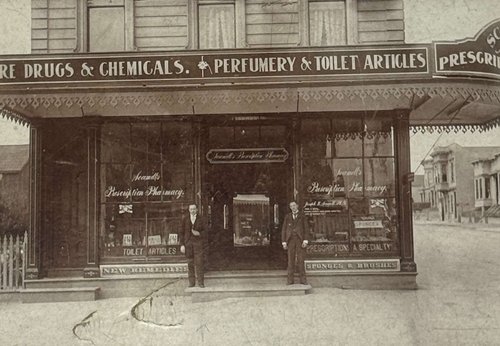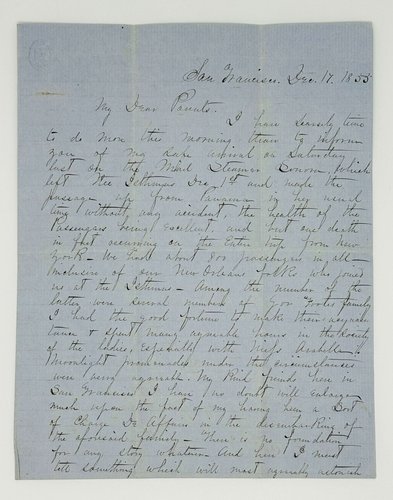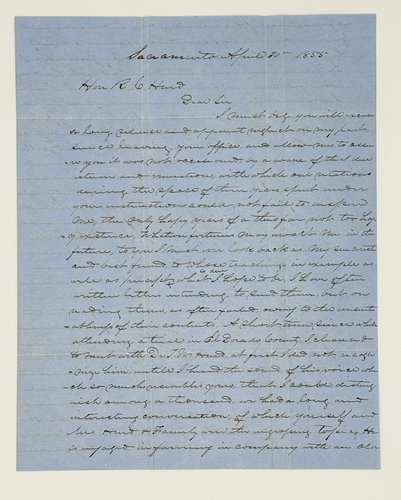




















#PC59
Ca. 1900s
Oblong Quarto (ca. 18,5x27,5 cm or 7 ¼ x 10 ¾ in). 21 black card stock leaves. With 66 original photographs (several images in two copies), including 63 mounted gelatin silver photos, from ca. 10x12 cm (3 ¾ x 4 ¾ in) to ca. 5,5x8 cm (2 ¼ x 3 ¼ in) and three mounted cyanotypes from ca. 8x13,5 cm (3 x 5 ¼ in) to ca. 6,5x8 cm (2 ½ x 3 in). No captions. Period black full cloth album; paper label of “The Heinn Co., Milwaukee, Wis.” on the inner side of the rear cover. Mounts slightly waved, three images previously removed from the album, a few photos very mildly faded or with mild silvering, otherwise a very good album of rare interesting photos.
Interesting collection of early original photos of Utah, showing Salt Lake City and mining activities in its environs, most likely near Garfield. A ghost town since 1956, Garfield was founded in 1906 by the Utah Copper Company and American Smelting and Refining Company to house their employees. Located between Magna (Salt Lake County) and the eastern shore of the Great Salt Lake, at the foot of the northern range of the Oquirrh Mountains, by the mid-20th century, Garfield housed about 2000 people and had a library, post office, churches, numerous commercial buildings, clubs and other community organizations. A large number of jobs were provided by the Garfield copper ore smelter, built by the American Smelting and Refining Company in 1905. In the 1940s, Garfield smelter treated about one-third of American copper ore.
The album includes over a dozen photos of mining industrial facilities (with several duplicates), most likely including images of the Garfield smelter. The photos are general and close-up views of mining structures, auxiliary railway tracks and a train wreck with ore spilling out of the rail car. There are also several group portraits of surveyors – out in the field (with mountains in the background), using a theodolite, travelling in a horse-driven cart, &c.
Several views of Salt Lake City show South Temple Street looking east, downtown with a glimpse of the Temple in the far right (the sign of “Geo. W. Putnam, tailor” in the centre), buildings of the LDS Business College (now Ensign College), Temple Square taken from above with the roof of the Tabernacle in the foreground, &c. The other photos portray Native Americans (a man, lacking his right arm and his family), homesteaders with distant hills in the background and city dwellers (likely, from Sale Lake City); show a small mining facility, exterior and interior of a private house, &c.
Overall an interesting collection of early original photos of Salt Lake City and mining facilities in Utah in the early 20th century.




























